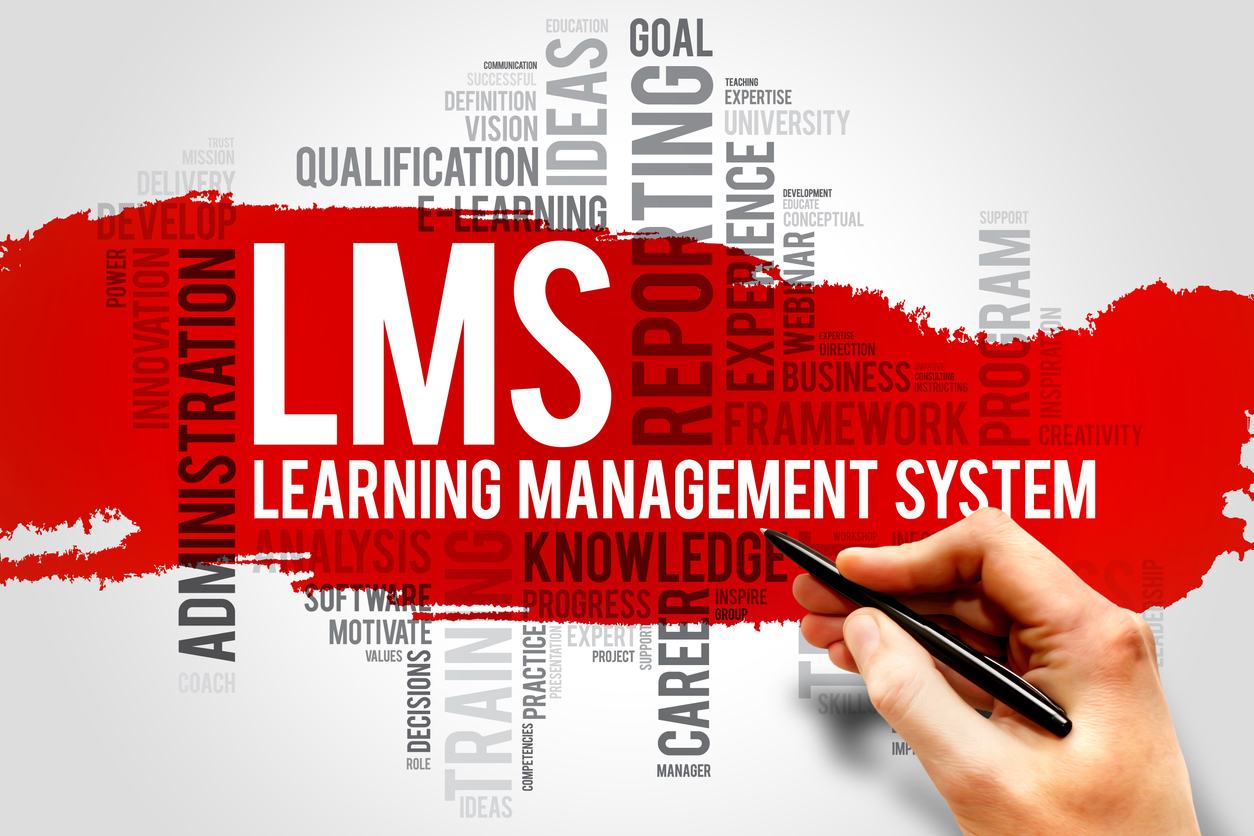In a changing job market, employees need to enhance their skills to stay relevant continuously.
Companies also recognize the significance of developing their workforce skills to drive growth and maintain competitiveness. One effective solution that many businesses have embraced is the utilization of Learning Management Systems (LMS) to bridge skill gaps efficiently. Organizations can equip their employees with the knowledge and expertise by leveraging technology and incorporating online learning platforms. In this guide, we will explore how companies utilize LMSs as a skill development tool, resulting in a capable workforce.
#1 - Advantages of Using an LMS
LMS offers benefits when it comes to bridging skill gaps in the workplace. Firstly, it provides employees with access to a range of learning materials at any time and from anywhere, eliminating barriers such as geographical limitations or time constraints. This flexibility allows individuals to learn at their own pace, ensuring engagement and retention of knowledge. To facilitate this, explore LMS Latitudelearning, Qooper, Culture Amp, or others.
Secondly, LMSs enable organizations to create learning and explore LMS LattiduteLearningaths that cater specifically to each employee's needs. By assessing the gaps in skills through evaluations or performance assessments, companies can create training programs that cater to the needs of each employee. This targeted approach optimizes the utilization of time and resources while ensuring that the content delivered is relevant and valuable.
Additionally, a Learning Management System (LMS) enables employers to track the progress of employees' training journeys. They can monitor completion rates, test scores, and overall engagement levels effectively. This data-driven approach helps identify any challenges with specific subjects or topics and allows managers to offer timely feedback and support.
#2 - Engaging Learning Experiences
One notable advantage of using an LMS for upskilling is its ability to facilitate learning experiences beyond methods like lectures or textbooks. Incorporating multimedia options such as videos, simulations, and gamified learning modules helps employees grasp concepts easily. These interactive elements enhance engagement, motivation, and knowledge retention among learners.
Furthermore, many LMS platforms support social learning features that promote collaboration and knowledge sharing among employees. Discussion forums, chat functionalities, and virtual classrooms encourage learners to interact with their peers as subject matter experts. This collaborative approach fosters participation, critical thinking, and the development of problem-solving skills.
#3 - Continuous Learning through Microlearning
Microlearning refers to the practice of delivering content in digestible pieces instead of overwhelming users with long learning sessions. Learning Management Systems (LMSs) support microlearning by breaking down training into modules or "learning nuggets" that cover topics or skills. This approach takes advantage of learners' attention span, making it more manageable for them to absorb information effectively.
With the help of LMSs and microlearning, organizations can provide learning opportunities without disrupting employees' daily workflow. Employees can access training modules on skills whenever they have spare moments or need a quick refresher. This fosters a culture of learning within companies while minimizing interference with duties.
#4 - Personalized Assessments
Feedback plays a role in the learning process as it allows learners to evaluate their progress and pinpoint areas for improvement. By using an LMS, organizations can deliver feedback promptly through assessments or quizzes integrated into the platform. Learners receive feedback upon completing each module or assessment test, encouraging real-time self-reflection.
Furthermore, LMSs can generate analytics reports on performance or skill gaps across entire teams or departments. This data-driven approach empowers managers to identify patterns and trends in employee performance. Make informed decisions regarding further training initiatives or strategic workforce planning.
Conclusion
In today's job market, where competition is fierce, it has become crucial for individuals and organizations to focus on upskilling. Implementing a Learning Management System (LMS) can be incredibly beneficial to bridge skill gaps. LMSs offer flexible, personalized learning paths, interactive experiences, and ongoing learning opportunities that empower employees to stay. By investing in employee development and utilizing technology, businesses can build a versatile workforce that is prepared for challenges and opportunities.











